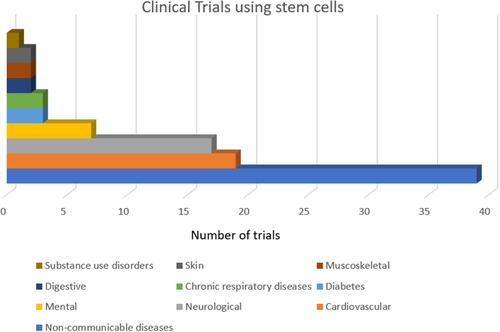Figures & data
Figure 1 Current treatment approaches for burn wound coverage.
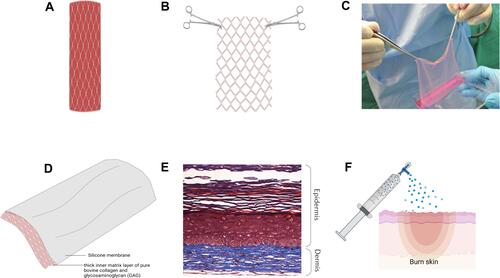
Table 1 Various Sources of Stem Cells and Their Characteristics in Burn Wound Healing
Figure 2 Different pathways used by stem cells in wound healing.
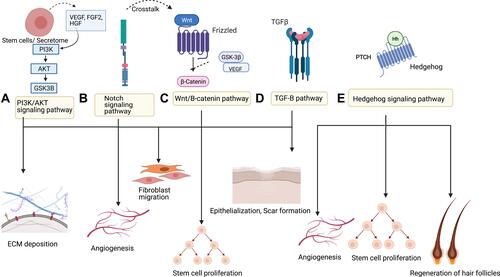
Figure 3 Exosome isolation from stem cells.
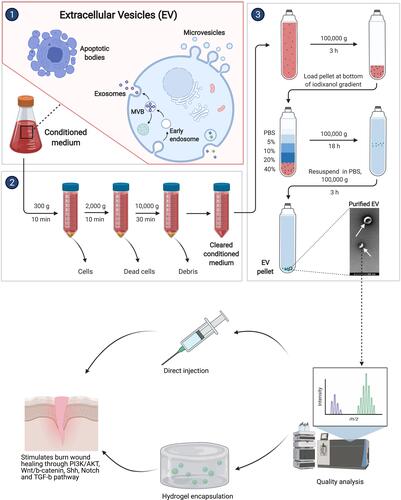
Figure 4 Secretome of stem cells.
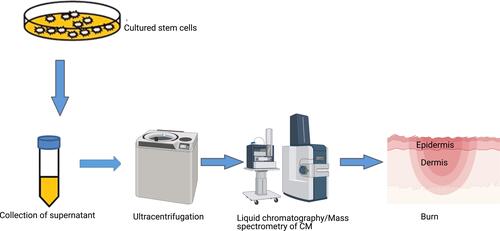
Figure 5 Different modes of delivery of stem cells/secretome for burn wounds. Stem cells and their products can be delivered onto burn wounds either as direct local injection, delivered in a supportive matrix such as fibrin or embedded with in scaffold matrices. Such approaches improve sustained delivery of therapeutics factors and/or maintain cell viability.
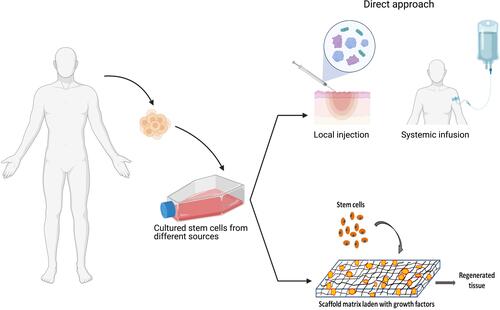
Figure 6 Proportion of stem cell clinical trials in areas of skin regeneration among other indications.
